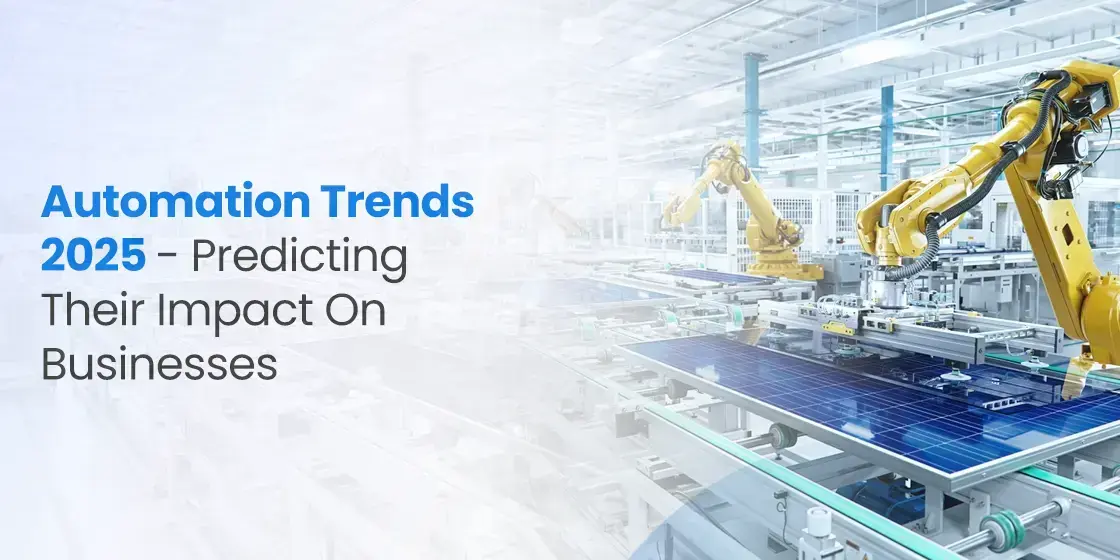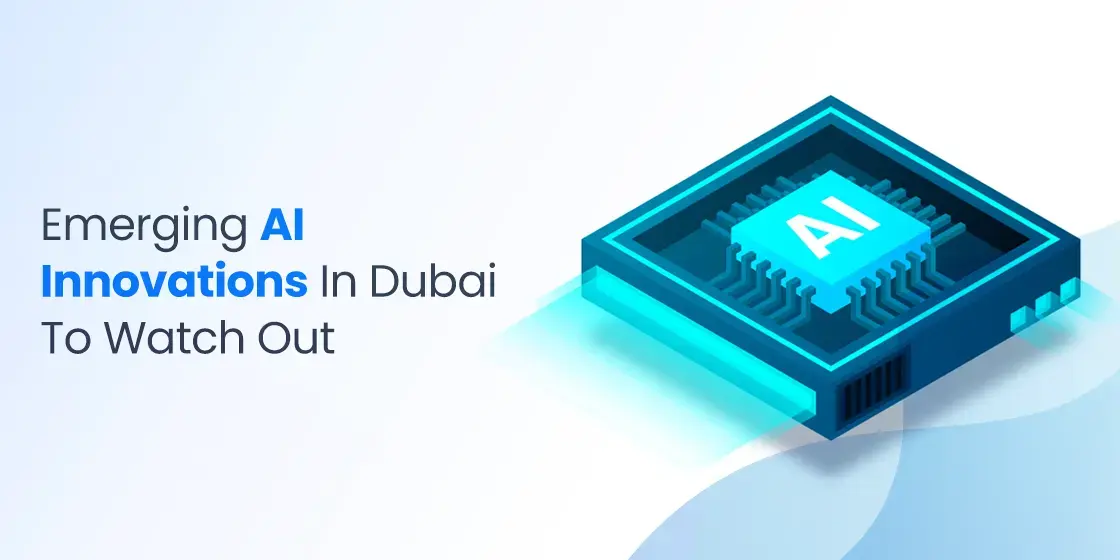Table of Content
Discover How Automation Will Affect Businesses in 2025 and Beyond
The rapid advancement of technology has ushered in a new era of automation, where machines are increasingly taking over tasks traditionally performed by humans. This trend is particularly evident in the realm of business processes, where automation is revolutionizing the way organizations operate. As we approach 2025, several key automation trends are poised to shape the future of business, driving efficiency, productivity, and innovation.
One of the primary drivers of this automation revolution is the rise of artificial intelligence (AI). AI-powered technologies, such as machine learning and natural language processing, are enabling machines to learn, adapt, and make intelligent decisions, thereby automating complex tasks that were once thought to be the exclusive domain of human intelligence. Additionally, the increasing affordability and accessibility of automation technologies have made it easier for businesses of all sizes to adopt automation solutions.
Join us as we dive into the top automation trends in 2025 that are expected to dominate the UAE business landscape in the year beyond. We will explore how these trends are impacting various business processes, from customer service to supply chain management. We will also discuss the challenges that businesses may face in adopting automation and the strategies professional enterprise software development services employ to mitigate these challenges.
The Rise of AI in Business and the Concurrent Popularity of Automation
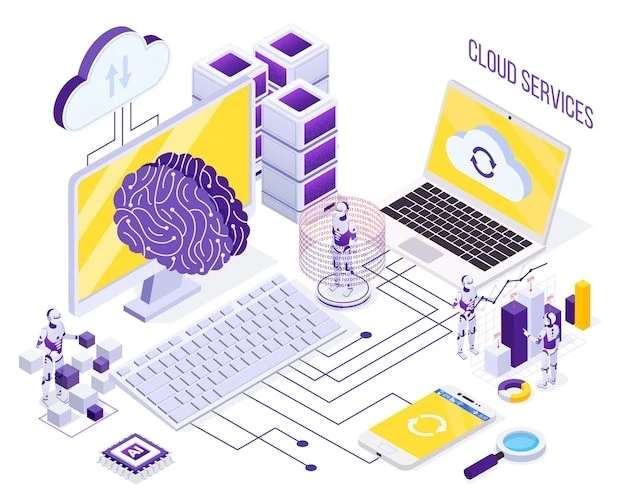
The convergence of AI and automation into a symbiotic relationship has propelled the automation industry to new heights, driving unprecedented levels of innovation and efficiency in business processes. AI-powered automation solutions can analyze vast amounts of data, identify patterns, and make intelligent data-driven decisions, thereby significantly improving the accuracy and efficiency of business processes. It also enables organizations to optimize their operations and gain a competitive edge in the industry.
For instance, AI-powered chatbots and virtual assistants are transforming customer service by providing instant, round-the-clock support, 365 days a year, resolving customer queries promptly. These intelligent systems can handle a wide range of customer inquiries, from simple product information to complex troubleshooting, freeing up human agents to focus on more strategic tasks. Moreover, these AI-powered tools can understand and respond to natural language, making interactions more human-like and personalized for better user experience.
Why is Business Process Automation Slated to Be THE Technology of the Future?
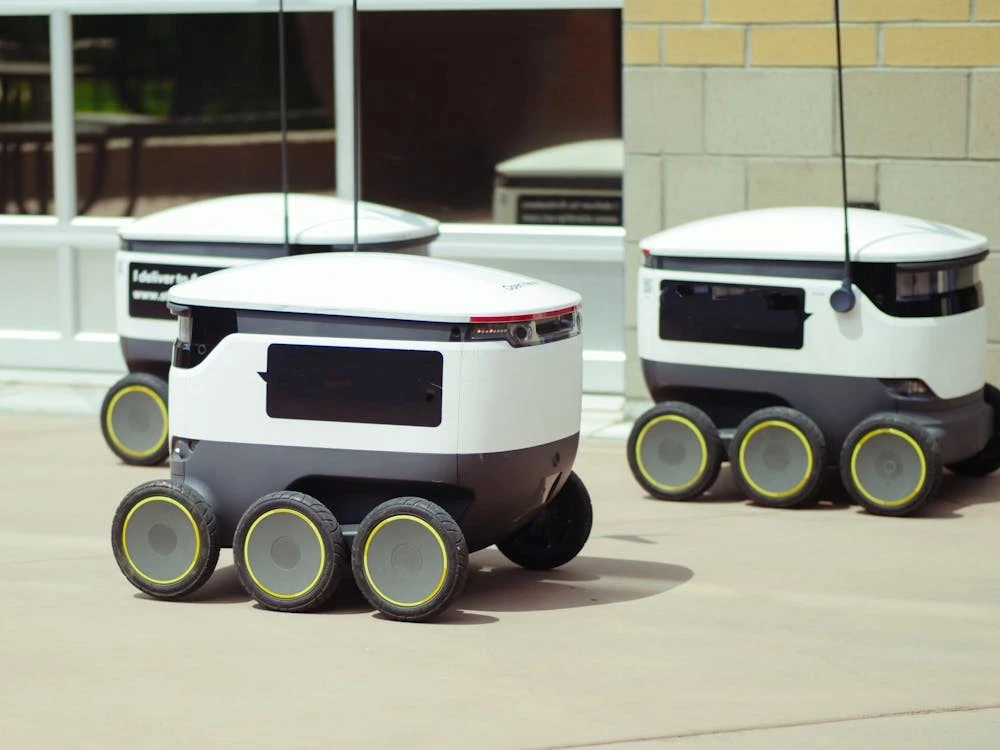
Business process automation (BPA) is emerging as a cornerstone of modern business operations, becoming a critical component of digital transformation, and offering numerous benefits to organizations. By automating repetitive, time-consuming tasks, BPA can streamline your workflows for better operational efficiency.
Not only does it significantly improve efficiency, but also reduces errors, reduces costs, and accelerates time-to-market. Moreover, BPA can enhance customer satisfaction by providing faster, more accurate, and consistent service, and it can help businesses mitigate risks associated with human error and compliance violations.
As businesses strive to remain competitive in today’s fast-paced digital age, BPA is becoming an indispensable tool. It empowers organizations to adapt to changing market conditions, respond quickly to customer demands, ensure consistency, accuracy, and adherence to regulatory standards, and drive innovation.
Top Automation Trends in 2025 and Their Impact on Business Processes
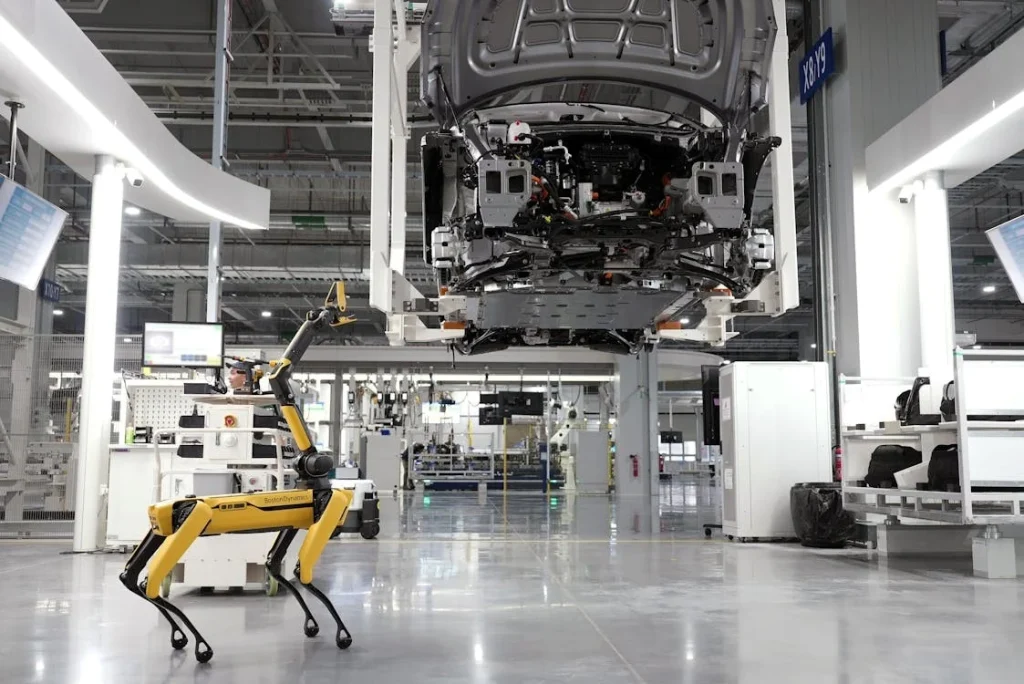
Now that we have established that automation is the technology for the future, from industrial to services industries, what are some trends that we will be seeing in 2025 and beyond? Moreover, how will those tech trends in UAE affect the organizations and their business processes? Let’s explore the top automation trends for 2025 and discover how the business environment is slated to evolve for the upcoming years.
From Preprogrammed/Robotic Process Automation to Intelligent Automation
The shift from traditional robotic process automation (RPA) to intelligent automation (IA) is gaining momentum slowly but surely, thus making its way onto the top automation trends for 2025. Intelligent automation combines robotic process automation (RPA) with AI and machine learning to create more flexible and adaptive automation solutions. This approach allows organizations to automate a wider range of tasks, including those that require cognitive abilities, such as decision-making and problem solving.
Popularity of Next-Gen AI and Machine Learning for Automation
Next-generation AI and machine learning algorithms are enabling more sophisticated automation solutions, especially if you are well versed in how AI prompt engineering works. The advanced AI and machine learning algorithms are empowering automation tools to become more intelligent and adaptable. These technologies can analyze complex data sets, recognize patterns, improve their performance over time, and make better-informed intelligent decisions, driving automation to new heights.
The Rise of Hyperautomation
Hyperautomation is a comprehensive approach to automating as many business processes as possible, using a combination of technologies such as AI, machine learning, RPA, process mining, and low-code/no-code platforms. This entry in automation trends for 2025 is driven by the need to improve efficiency, reduce costs, and enhance customer experience. And by automating end-to-end processes, businesses can achieve significant efficiency gains and cost reductions.
Rising Popularity of Automated Low-Code/No-Code Development Platforms
Low-code and no-code development platforms are democratizing automation by empowering citizen developers to create automation solutions without extensive coding knowledge. This democratization of automation is accelerating the adoption, development, and deployment of automation solutions across organizations, making them accessible to a wider range of businesses. Moreover, its feasibility in emerging markets has made it one of the top business software development trends in UAE in recent years.
Automating Initial Contact Center Operations with AI-Based IVR Systems
AI-powered interactive voice response (IVR) systems, one of the more innovative automation trends for 2025, are automating initial contact center operations, reducing wait times, reducing operational costs, and improving customer satisfaction. By automating routine customer inquiries, it frees up human agents to handle issues that are more complex. These systems can not only understand and respond to customer queries, but also route calls to the appropriate agents, and provide other self-service options.
Incorporating Automation in Cloud Computing
Cloud-based automation solutions offer scalability, flexibility, and cost-effectiveness within your tech architecture. As the argument for why your business should migrate to the cloud gains ground day by day, especially with the recent advancement in generative AI, incorporating automation will help you streamline the cloud-based system in the long term. In fact, by leveraging cloud-based automation tools and technologies, organizations can develop, deploy, and manage their automation solutions faster and more efficiently.
Integrating Automation and Internet-of-Things Systems
The integration of automation and IoT systems unlocking new possibilities for businesses everywhere. It enables organizations to automate the collection and analysis of real-time data from connected IoT devices, leading to more informed data-driven decision-making, better insights, and improved operational efficiency.
What Challenges Do Businesses Face By Adopting Widespread Automation?
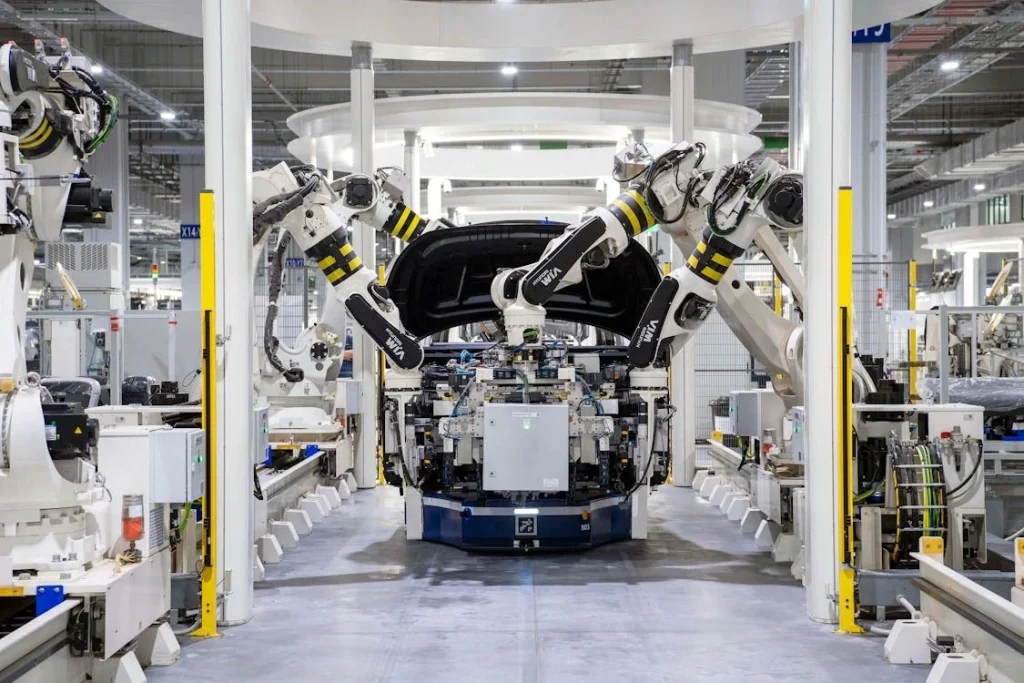
While automation offers numerous benefits, businesses may face several challenges in adopting widespread automation trends in 2025, despite the recent rising incidence of artificial intelligence in UAE. These challenges include:
- Initial Investment Costs: Implementing automation solutions can require significant upfront investments in technology, infrastructure, and training. This is one of the biggest hurdles many organizations face, as investing heavily in an as-yet untested technology trend can be a huge financial risk for many.
- Resistance to Change: Employees may resist automation, fearing job loss or changes to their work routines. This affects the rate and willingness to adopt new technological trends, be it the use of AI, IoT, or automation of business processes.
- Data Privacy and Security Concerns: Automation involves handling sensitive data, which raises concerns about data privacy and security. It has the propensity to become a double-edged sword quite rapidly, especially when we add the element of artificial intelligence into it. With AI already subject to various data privacy questions, many organizations are reluctant to incorporate such AI-based automation tools into their systems.
- Integration Challenges: Integrating automation solutions with existing systems can be complex and time-consuming. Many organizations, when building their tech architecture, often fail to address scalability at the time, mainly to save on complexity and cost. However, in the long run, the integration challenges with newer technological trends end up costing them way more, resulting in pushback from them to adopt these new trends.
To overcome these challenges, businesses should carefully plan their automation initiatives, invest in employee training, and prioritize data security. This can be achieved by incorporating processes such as DevSecOps, which can help streamline their workflows, and help them ensure data security too. Additionally, they should adopt a phased approach to automation, starting with simple, low-risk projects and gradually scaling up as they gain experience.
FAQs
| What is Hyperautomation? Hyperautomation is an offshoot of automation in general, that incorporates elements of artificial intelligence, machine learning, natural language processing, and robotic process automation. This amalgamation allows companies to automate a wider range of business processes, including complex ones that were never feasible for general automation. |
| Is Robotic Process Automation (RPA) a type of modern automation? While RPA is a modern automation technique that still sees widespread use, intelligent automation processes that use next-gen artificial intelligence algorithms within are now superseding it in various scenarios. |
Conclusion
As we move closer to 2025, automation is poised to revolutionize the way businesses operate. By embracing popular automation trends in 2025 and leveraging AI, machine learning, and other cutting-edge technologies, businesses can unlock new opportunities, improve efficiency, and gain a competitive edge. However, it is crucial to approach automation with a strategic mindset and address the challenges associated with implementation. By carefully planning and executing automation initiatives, businesses can reap the rewards of this transformative technology.

Empower your digital journey with StruqtIO - Your dedicated partner for cutting-edge custom software development, innovation, and digital transformative solutions. Harness the power of technology to elevate your business and redefine your digital landscape today.
